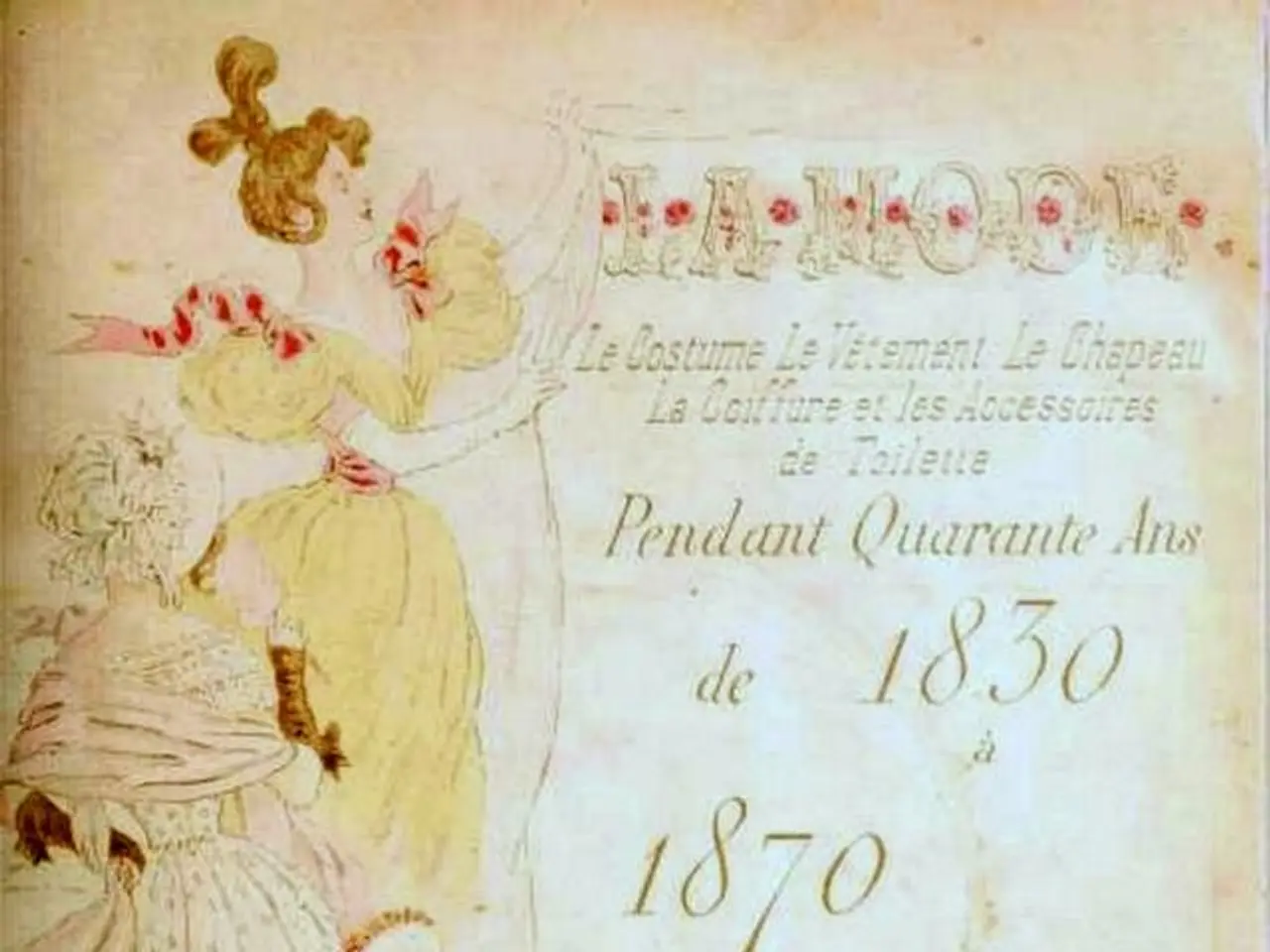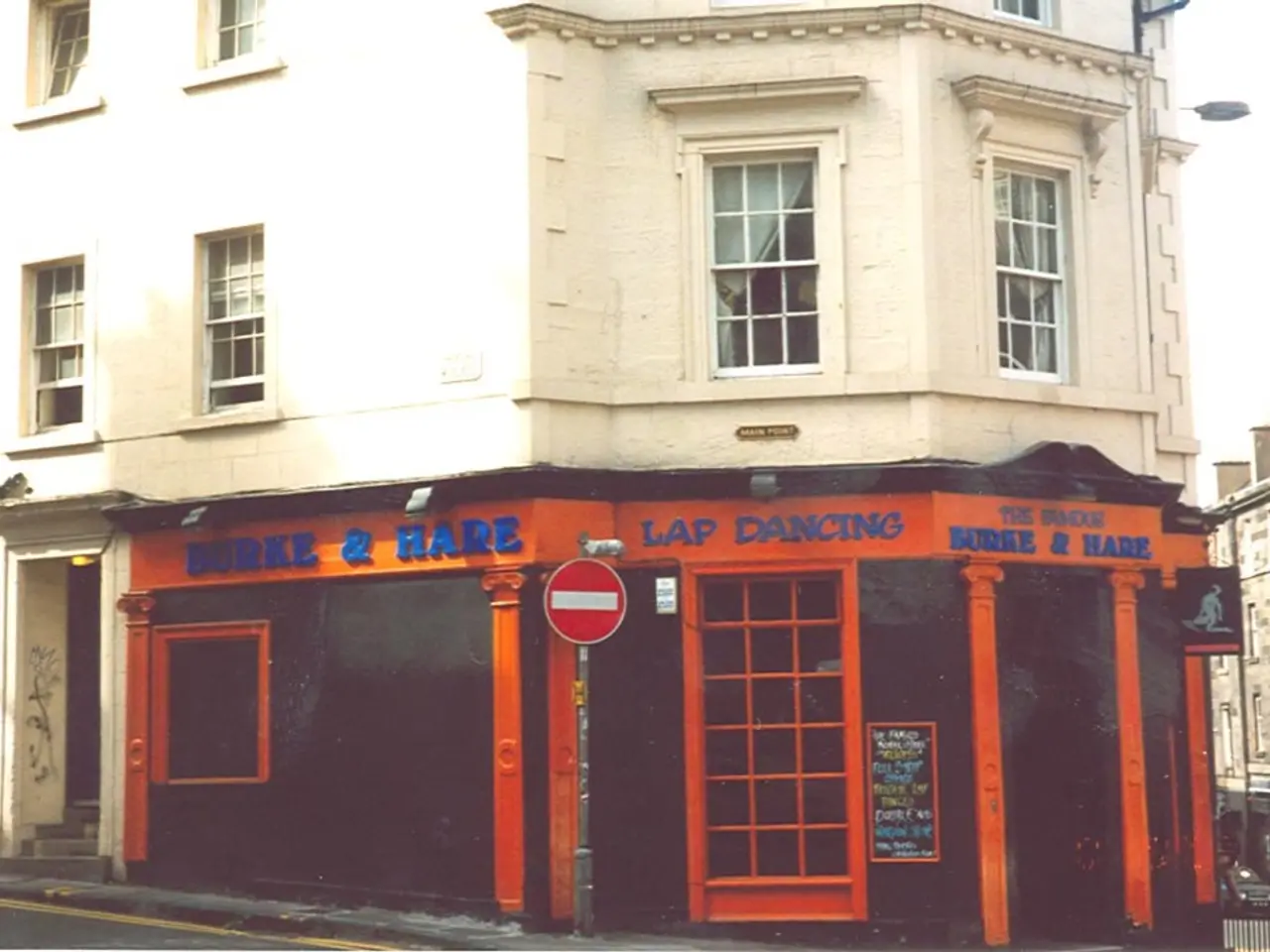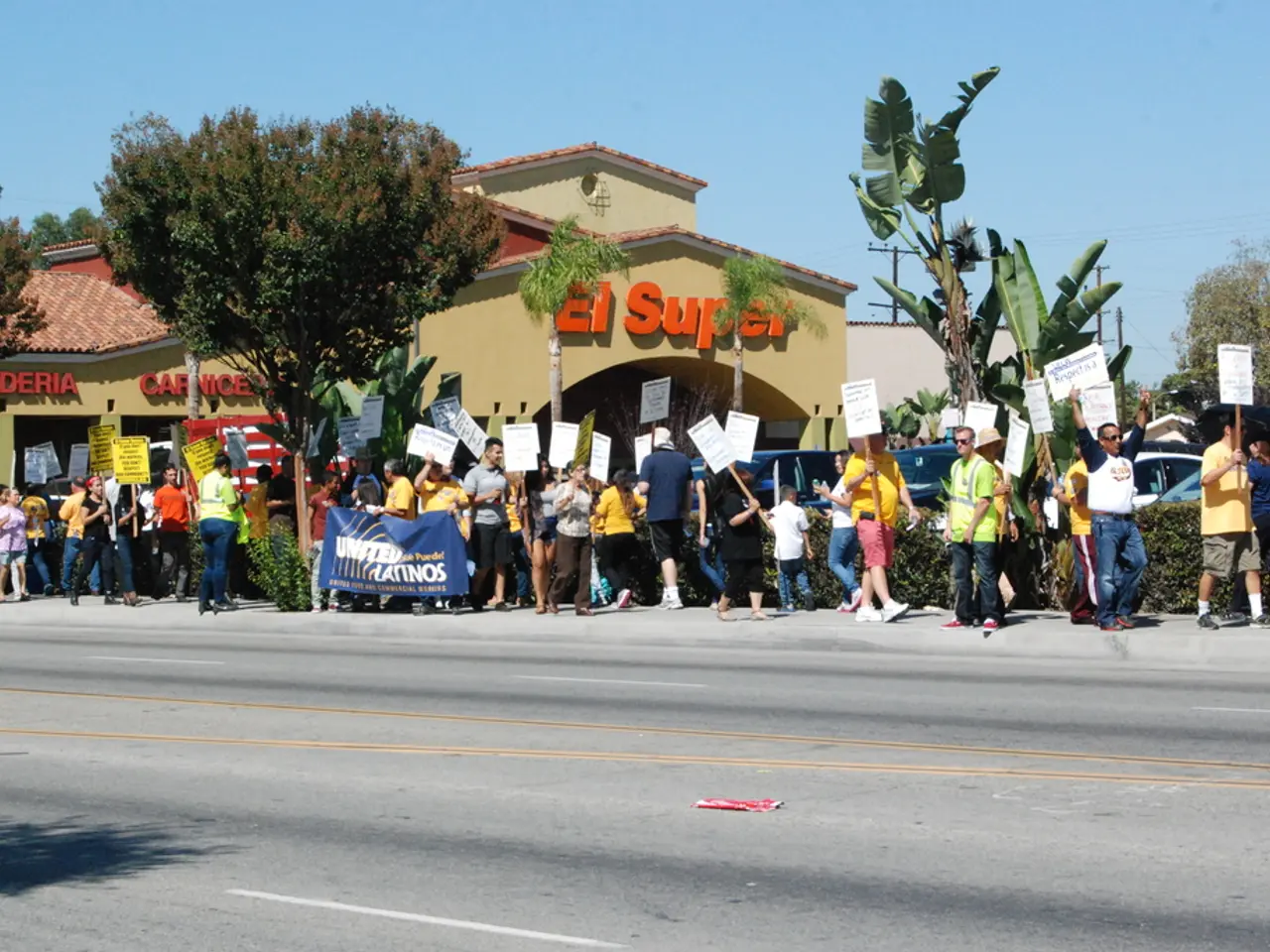Vibrant, Historically Colored Images Providing a Fresh Outlook on the Past
In the annals of photography, the transformation of black-and-white images into vibrant, colourful depictions has been a captivating journey. This transformation began in the 19th century, as photographers and artists sought to bring nature's colours back into their images.
One of the earliest methods was hand-tinting, where artists painted directly onto daguerreotypes and calotypes to restore the lost hues. This practice was common until the early 20th century, when photochromes, colour prints made from hand-tinted photographs, gained popularity. These were later replaced by autochrome plates, which used dyed starch grains on glass plates to record colour photographically around 1910–1913.
Simultaneously, early colour film technology was developing through additive colour methods in the early 1900s. Kinemacolor and Chronochrome, for instance, required special cameras and projectors and were complex and costly. The first commercially successful subtractive colour process was Technicolor, introduced in the 1920s. Initially using a two-colour process, Technicolor later evolved to a three-colour system that combined separations of the three primary colours (red, green, blue) to reproduce more lifelike colour images.
As the mid-20th century approached, advancements in colour materials and processes led photographers to embrace colour for creative and documentary photography. Post-World War II improvements democratized colour photography, and by the late 20th century, digital methods revolutionized the colourization and manipulation of images. Digital retouching technologies, such as Adobe Photoshop, allowed more precise and widespread colourization of black-and-white photos.
Today, the history of colourizing black-and-white historical photos includes these early artistic hand-colouring techniques, the development of colour photographic processes like autochrome and Technicolor in the early 1900s, and modern digital colourization techniques that enable adding colour to historical monochrome images with high precision.
From the streets of New York City in 1928 to the construction of the Golden Gate Bridge around 1935, these transformations have breathed new life into historical images, offering us a glimpse into the past as if seen through a kaleidoscope. Whether it's a young man from the Levant wearing traditional Bedouin clothes in the early 1900s or Margaret Hamilton, a key figure in the Apollo Project, in 1969, the vibrant hues of colour photography have added a layer of depth and emotion to our understanding of history.
In the evolution of color photography, the integration of vibrant pigments into monochrome images has significantly enhanced entertainment and lifestyle perspectives by providing more vivid and emotional historical documentation. For instance, the introduction of Technicolor in the 1920s transformed movie-watching into a more immersive and visually striking experience, while the digital colorization of black-and-white photographs in the late 20th century expanded our entertainment and lifestyle options by offering a kaleidoscopic view of past events.








